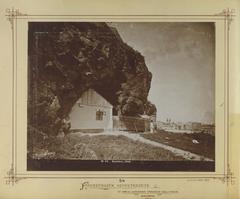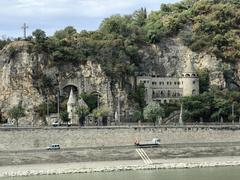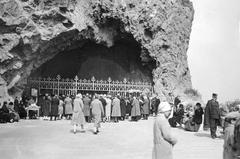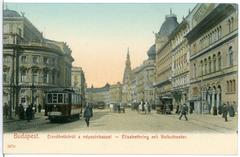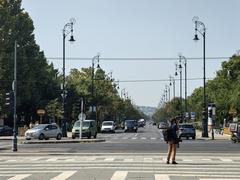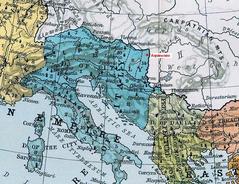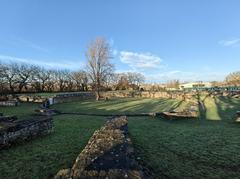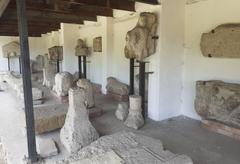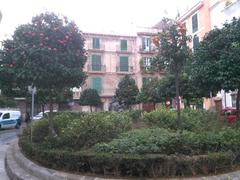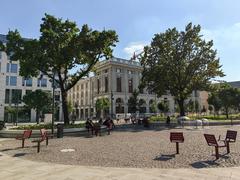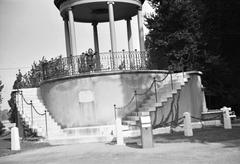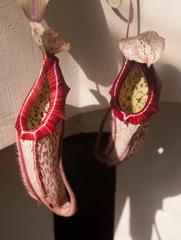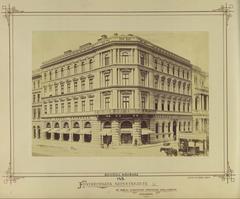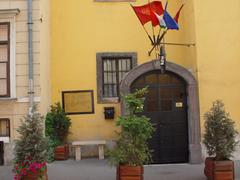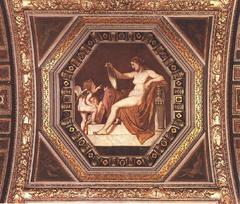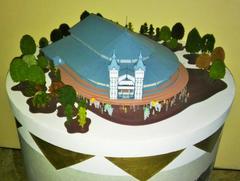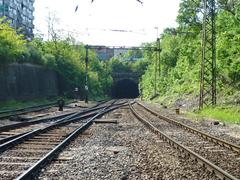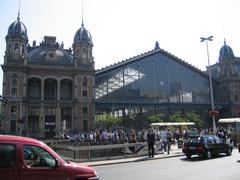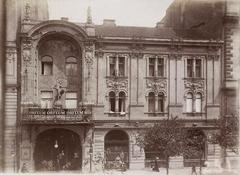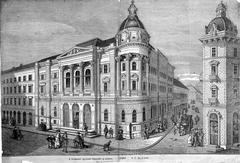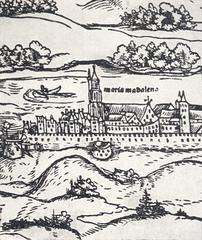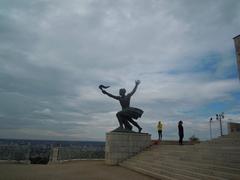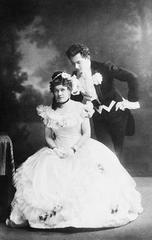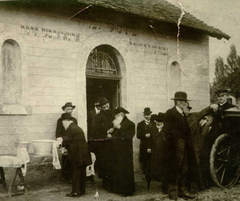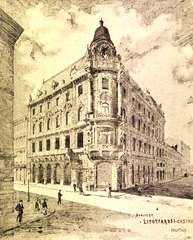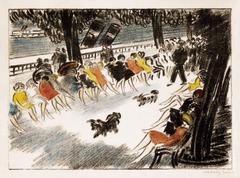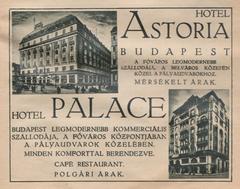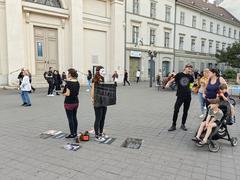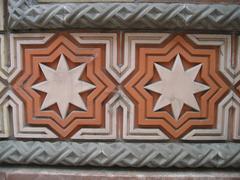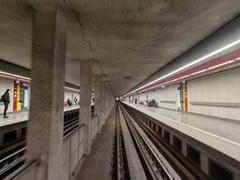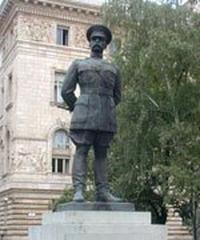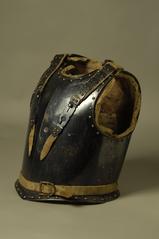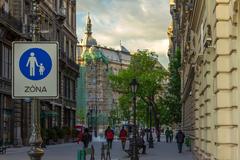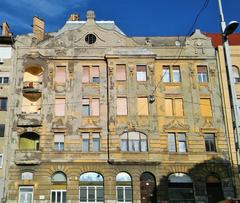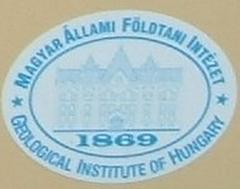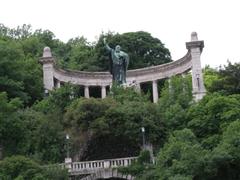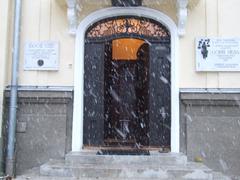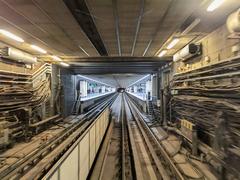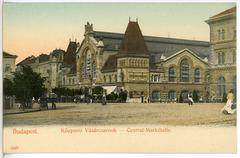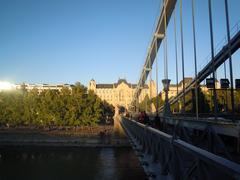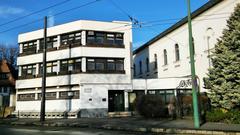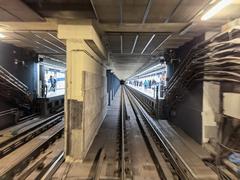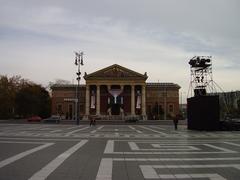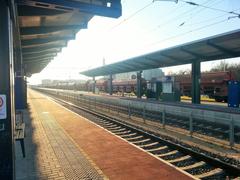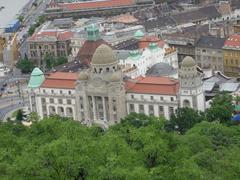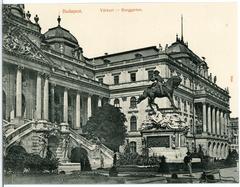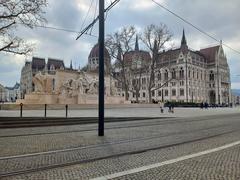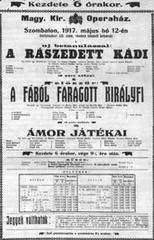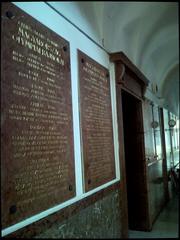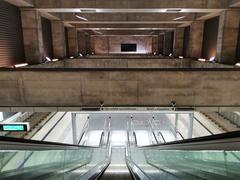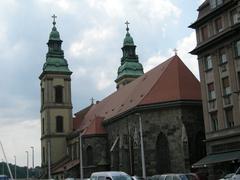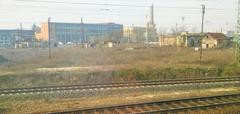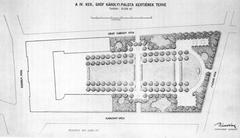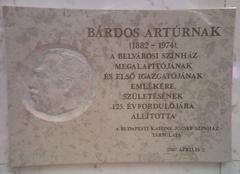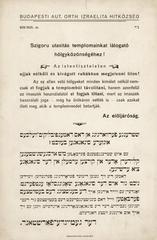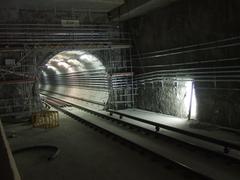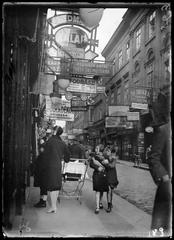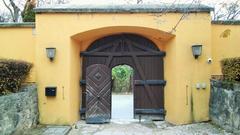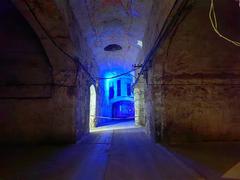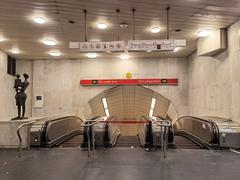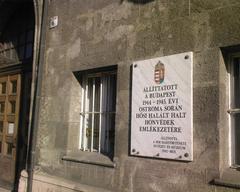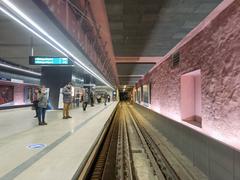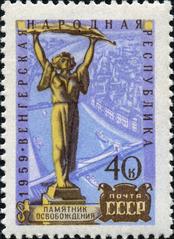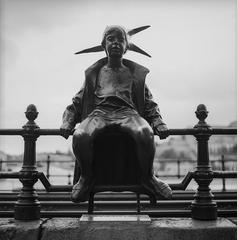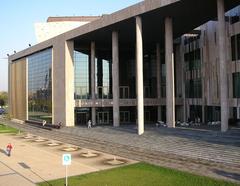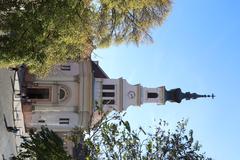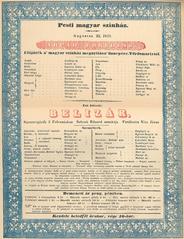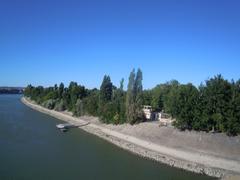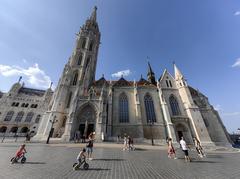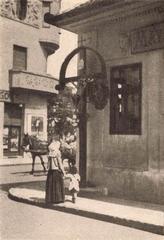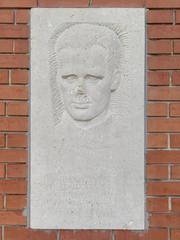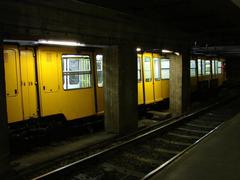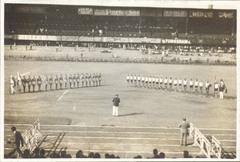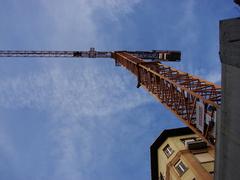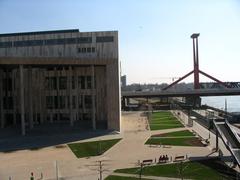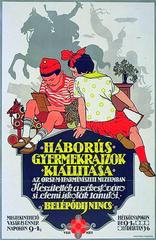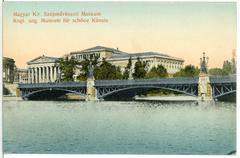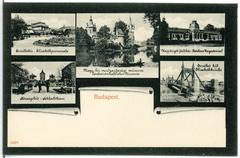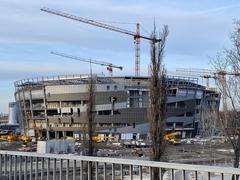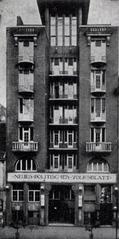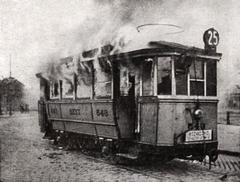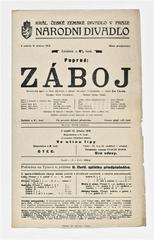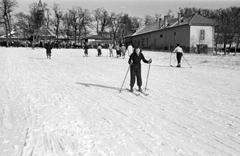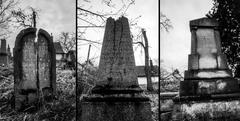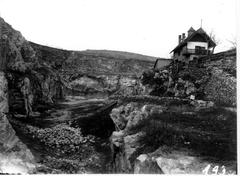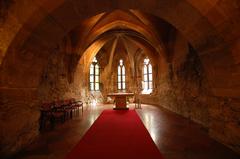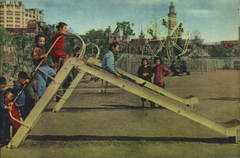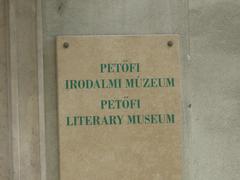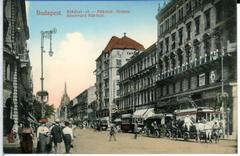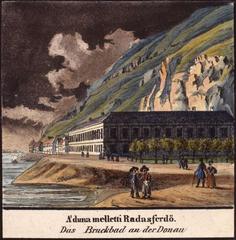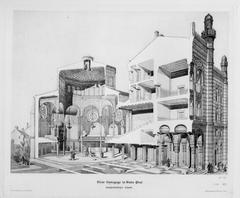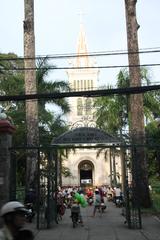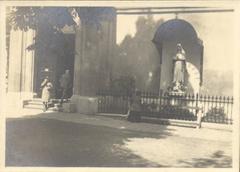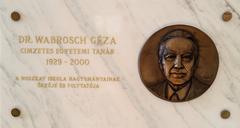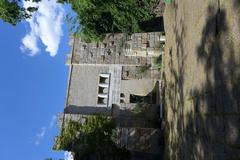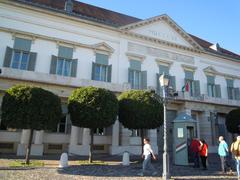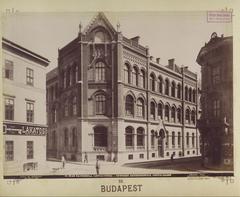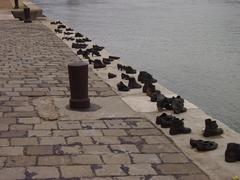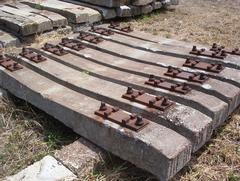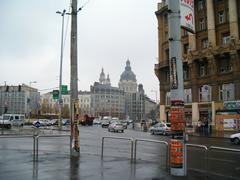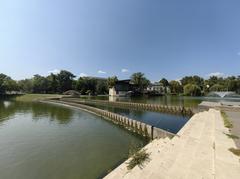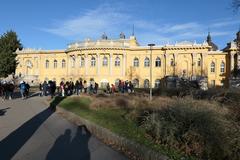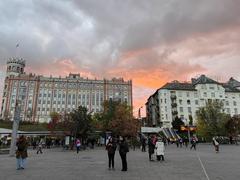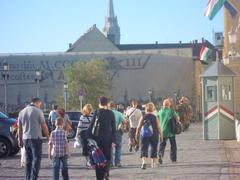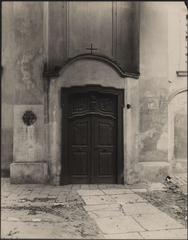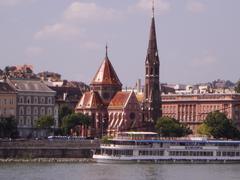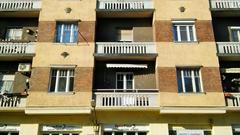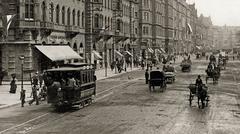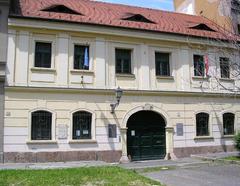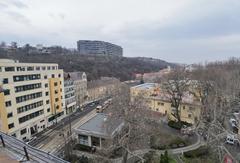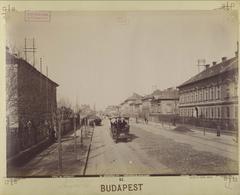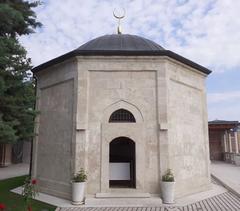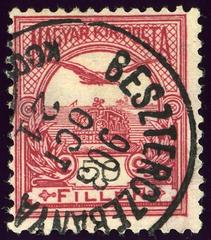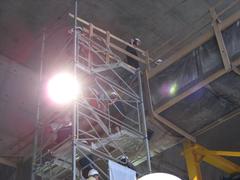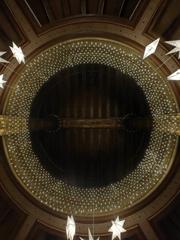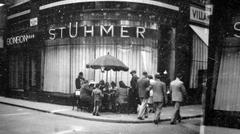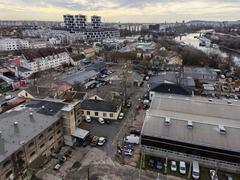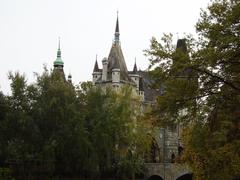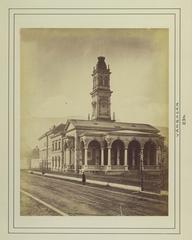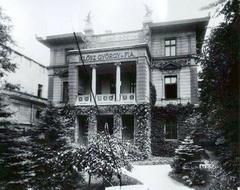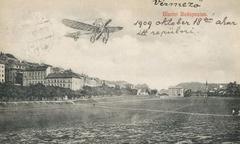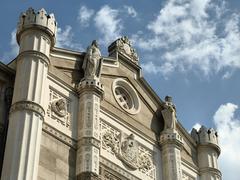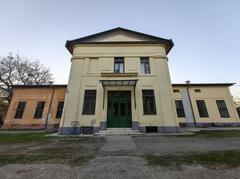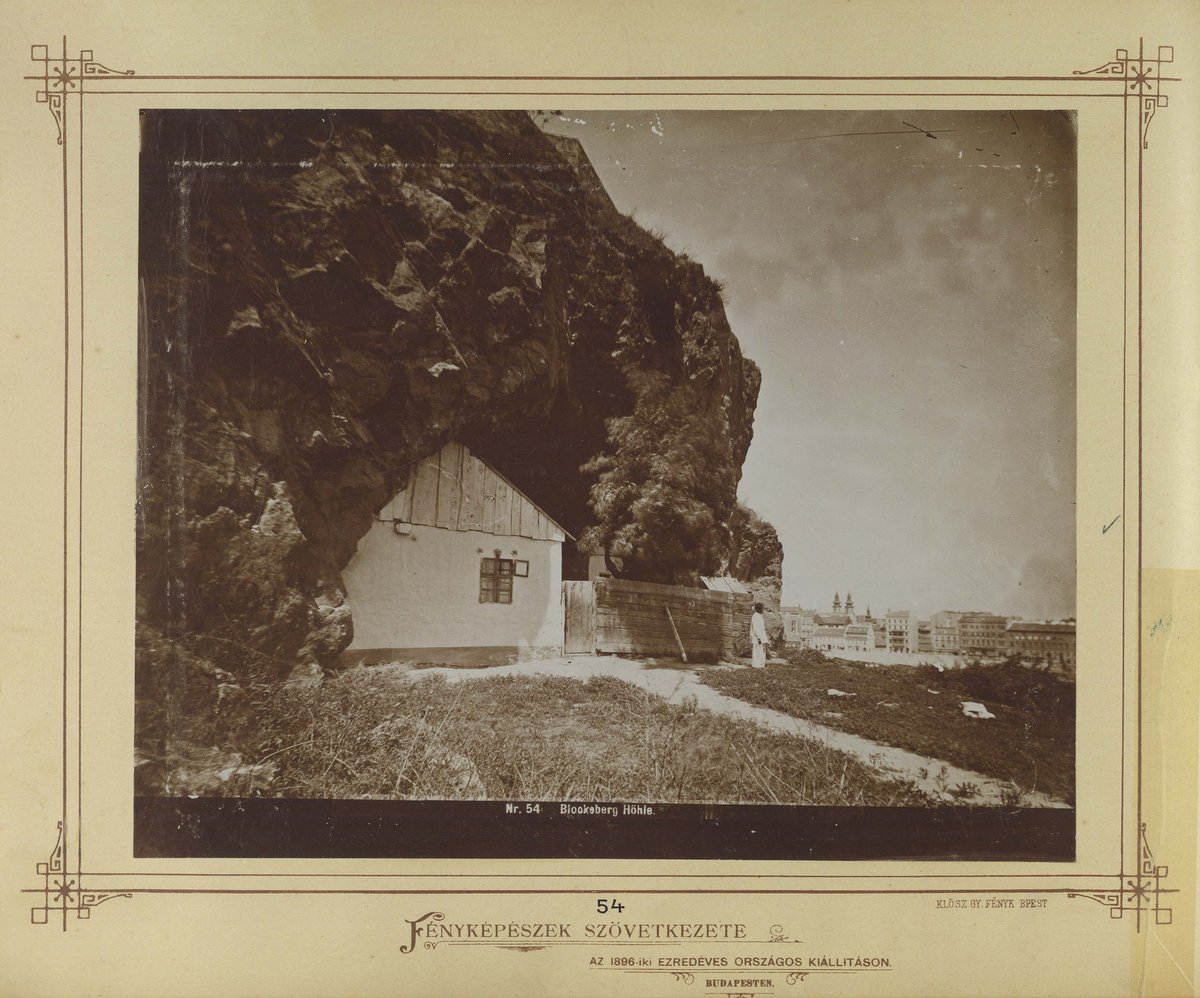
Szent Gellért Rakpart Visiting Hours, Tickets, and Travel Tips
Date: 18/07/2024
Introduction
Welcome to Szent Gellért rakpart, an enchanting promenade along the Danube River in Budapest, Hungary. Named after Saint Gerard of Csepel, this historic riverbank offers breathtaking views and a journey through Budapest’s rich history and cultural evolution. From its early days as a bustling waterfront to its transformation into a grand promenade adorned with architectural marvels, Szent Gellért rakpart is a testament to the city’s resilience and grandeur. It has witnessed the rise and fall of empires, the scars of war, and the spirit of reconstruction, ultimately earning its place as a UNESCO World Heritage site in 1987 (UNESCO). This comprehensive guide will delve into its captivating history, cultural significance, and essential visitor information to ensure an unforgettable visit.
Table of Contents
- Introduction
- Early Days - A Practical Waterfront (18th Century)
- The Dawn of a Promenade - The 19th Century Transformation
- The 20th Century - War, Reconstruction, and Recognition
- The 21st Century - A Vibrant Blend of History and Modernity
- Visitor Information
- Architectural Gems - A Glimpse into the Past
- A Walk to Remember - Experiencing Szent Gellért Rakpart
- FAQ Section
- Conclusion
- References
Early Days - A Practical Waterfront (18th Century)
In the 18th century, the area that is now Szent Gellért rakpart was primarily a practical waterfront serving the city’s needs. The Danube, a vital trade route, saw bustling activity with ships docking to unload goods. Simple houses and workshops lined the riverbank, catering to the needs of merchants, fishermen, and boatmen.
The Dawn of a Promenade - The 19th Century Transformation
The 19th century ushered in significant change for Budapest, marked by rapid development and a growing appreciation for public spaces. Szent Gellért rakpart began its transformation from a working waterfront into a grand promenade.
- 1858 - The construction of the Chain Bridge, connecting Buda and Pest, spurred development along the riverbanks.
- Late 19th Century - The construction of the grandiose Gellért Hotel and Baths, a masterpiece of Art Nouveau architecture, cemented the area’s transformation into a fashionable destination.
The 20th Century - War, Reconstruction, and Recognition
The 20th century brought its share of challenges and triumphs to Szent Gellért rakpart.
- World War II - The war inflicted significant damage on the area, leaving buildings scarred and the promenade in disrepair.
- Post-War Reconstruction - Following the war, Budapest embarked on a massive reconstruction effort. Szent Gellért rakpart was restored, with a focus on preserving its architectural heritage.
- 1987 - The promenade, along with the banks of the Danube and the Buda Castle district, was recognized as a UNESCO World Heritage site, solidifying its global significance.
The 21st Century - A Vibrant Blend of History and Modernity
Today, Szent Gellért rakpart stands as a testament to Budapest’s resilience and architectural grandeur. The promenade seamlessly blends historical landmarks with modern amenities, offering visitors a captivating experience.
- Revitalized Public Space - The promenade is a hub of activity, with locals and tourists alike enjoying leisurely walks, cycling paths, and stunning views of the Danube and the Buda side.
- Cultural Heritage - The Gellért Hotel and Baths continue to be iconic landmarks, while the nearby Cave Church, carved into Gellért Hill, adds a unique spiritual dimension to the area.
- Modern Developments - New hotels, restaurants, and cultural venues have emerged along the promenade, adding a contemporary touch to the historical setting.
Visitor Information
Visiting Hours
Szent Gellért rakpart is accessible 24/7. However, specific attractions like the Gellért Hotel and Baths may have their own visiting hours. It is advisable to check individual websites for detailed visiting hours and ticket prices.
Tickets
There is no entry fee to walk along Szent Gellért rakpart. However, attractions such as the Gellért Hotel and Baths may require tickets. Prices vary, so checking their official websites for the latest information is recommended.
Travel Tips
- How to Get There - Szent Gellért rakpart is well-connected by public transport. You can take the metro (Line 4) to Szent Gellért tér station or use trams 47 and 49.
- Best Time to Visit - Spring and autumn offer pleasant weather, making it an ideal time for a visit. Summer can be crowded, while winter provides a unique charm with fewer tourists.
- Nearby Attractions - Don’t miss the Liberty Bridge, the Buda Castle district, and the Central Market Hall, all within walking distance.
Architectural Gems - A Glimpse into the Past
A stroll along Szent Gellért rakpart is a walk through architectural history. The promenade is adorned with buildings representing various styles, each telling a story of a bygone era.
- Gellért Hotel and Baths (1918) - This Art Nouveau masterpiece, with its intricate mosaics, stained-glass windows, and thermal baths, is an enduring symbol of Budapest’s elegance.
- Liberty Bridge (1903) - Connecting Buda and Pest, this bridge, with its distinctive green color and mythical Turul bird statues, adds a touch of whimsy to the landscape.
- Danube Promenade Sculptures - Along the promenade, visitors will encounter a series of sculptures, each with its own story to tell, adding artistic flair to the surroundings.
A Walk to Remember - Experiencing Szent Gellért Rakpart
Szent Gellért rakpart is best experienced on foot, allowing visitors to soak in the atmosphere and appreciate the intricate details of its architecture.
- Start at the Liberty Bridge - Begin your walk at the Liberty Bridge, admiring its unique design and the panoramic views of the city.
- Stroll towards the Gellért Hotel - As you walk along the promenade, take note of the various sculptures and architectural styles on display.
- Continue towards the Elisabeth Bridge - Enjoy the views of the Danube and the Buda side, with Gellért Hill providing a dramatic backdrop.
- Conclude at the Elisabeth Bridge - End your walk at the Elisabeth Bridge, taking in the views of the city before heading to your next destination.
FAQ Section
What are the visiting hours for Szent Gellért rakpart?
Szent Gellért rakpart is accessible 24/7. However, specific attractions like the Gellért Hotel and Baths have their own visiting hours. Check their websites for detailed information.
Are there guided tours available?
Yes, guided tours are available and can be arranged through various tour operators in Budapest. These tours often include historical insights and interesting anecdotes about the promenade.
What are the best photographic spots at Szent Gellért rakpart?
Some of the best photographic spots include the Liberty Bridge, the Gellért Hotel and Baths, and the panoramic views from Gellért Hill.
Conclusion
Szent Gellért rakpart is more than just a promenade; it’s a living testament to Budapest’s rich history and architectural splendor. A walk along its path is a journey through time, offering a glimpse into the city’s past while embracing its vibrant present. Don’t miss the opportunity to explore this iconic site on your next visit to Budapest. For more travel guides and updates, follow us on social media and download our mobile app Audiala. Don’t forget to check out our other posts on Budapest’s historical sites and attractions (Audiala).
References
- UNESCO, 1987, whc.unesco.org
- Gellért Hill and Citadel, 2023, welovebudapest.com
- Gellért Thermal Baths, 2023, gellertbath.hu
- Rudas Baths, 2023, rudasfurdo.hu
- Elisabeth Bridge, 2023, welovebudapest.com
- Danube Promenade, 2023, budapestinfo.org
- Cave Church, 2023, sziklatemplom.hu
- Garden of Philosophers, 2023, welovebudapest.com
- Technical University of Budapest, 2023, bme.hu
- River Cruises, 2023, budapestbylocals.com
